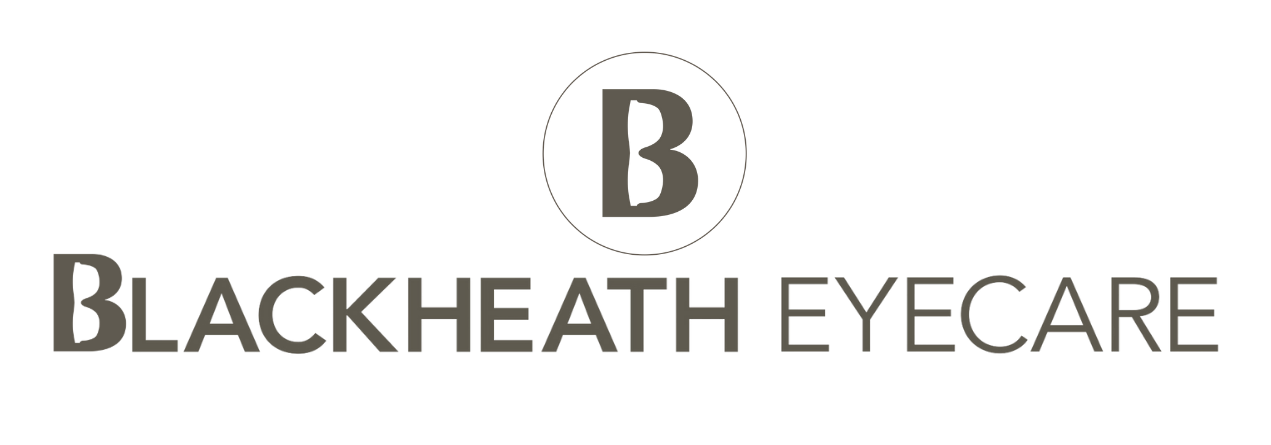A short history of glasses
A Brief Overview of Eyeglasses
Eyeglasses have become such an integral part of our lives that we do not even stop to think twice when we see someone wearing a pair of glasses. But at one point of time, it was an innovation that revolutionised the way one looked at things. Literally.
Materials Used
Lenses
Originally, glass has always been the material of choice for any kind of vision corrective glasses or magnifiers. Glass, however, is dangerous, heavy, expensive and hard to shape. So the use of plastic and polycarbonate in making the lenses became widespread. One of the most popular material used today is Columbian Resin version 39, also known as CR-39, as it is the most convenient material for lenses with an index of 1.5.
Frames
In the beginning, there were no frames attached to the eyeglasses. Instead, they would be held up on a handle. When the frame was put on the glasses, they were made of bone, wood, metal or leather. In the 1900s, tortoiseshell and horn-rimmed glasses were popular. It was not unknown for rich people to have had eyeglasses made of gold or silver frames. Today, as with the lenses and many other things, the most common materials used for the frame are plastics and metals.
Origins & History
Though some kinds of vision correction have existed in many cultures around the world for many years, they were more usually magnifying glasses or sun-protection glasses, rather than vision corrective glasses. Ancient Egyptians, Indians, Romans and Chinese all experimented with glass. The invention of eyeglasses is normally attributed to Venetians, who invented the reading stone. Although the Venetians also started off with inventing a magnifying glass to enable people with poor eyesight to read, they quickly learned to use it for vision correction as well. The original magnifying glasses were called reading stones.
The history of eyeglasses is not recorded very well, so what we do know comes from recorded sources. There may have been other civilisations that had invented crude aids to sight but no records exist now.
The earliest we have records of the invention of eyeglasses was recorded by a couple of Italian monks from the St Catherine’s Monastery, Giordano da Rivalto and Alessandro della Spina. Giordano mentioned in a sermon he gave in 1306 that it was less than twenty years ago that glasses for better vision were invented. From this, we can deduce that the first vision correction glass was probably made around 1286 in Italy. The monk Spina was so taken with these new-fangled contraptions that he started making them and distributing them, thus spreading the gift of eyesight.
Eyeglasses had become common enough by 1300 for the Venetian guild to start issuing regulations on its manufacture and marketing.
The Egyptian scientist, Alhazen, had done extensive research on eye correction technologies in the late 900s and early 1000s. Known as the Father of Modern Optics, it is conceivable that the original inventor of the eyeglasses used his work and developed it further.
Myths
One of the biggest myths surrounding the invention of eyeglasses is that it was invented by a certain Salvino d’Armate from Florence. There is not much information on why such a tale came into existence, but it has now been conclusively proved that d’Armate was not responsible for the invention of eyeglasses.
Developments
In the fifteenth and sixteenth centuries, the first frames were created in Spain. Silken threads were attached to these frames and looped over the ears. It was around this time that the eyeglasses were imported to the East, and Chinese improvised on the frames.
In the late 1700s, Benjamin Frankin developed bifocals, which is used for correcting both long and short vision problems with one set of glasses. Lenses for correcting blurred vision or astigmatism was invented in England in 1825 by George Airy, an astronomer. At one point in the 1800s, glasses such as monocles were used as fashion statements rather than from any real need. John Bosch invented the fused bifocals in the early 1900s, making them more convenient for people with both near and far vision problems. After this period, there were rapid advances in the development of technology, the invention of contact lenses, and so on.
And now…
Today, there are glasses to correct almost all kinds of eye problems. But the research and development of new technologies continue, because sight, after all, is one of the most important of the five senses.
View our designer glasses online or visit us in store to view our extensive range.
Taking Care of Your Glasses: Lens Care
Your glasses are a valuable investment, and it is important to take good care of them. Many people do not realize that improper eyeglasses care can quickly cause their glasses to be scratched and hazy or that certain things can cause the lenses to begin peeling. Not only are these results unattractive, they can also cause you to strain your eyes and can impair your vision.
The first step to taking proper care of your eyeglasses is keeping them clean; it is important to clean your eyeglasses on a regular basis. Not only can dirty or smudged glasses impair your vision, but dirt and grime that is not removed can scratch your lenses over time. Many people let out a slow and steady breath onto the lens of their glasses and then rub them clean with a dry cloth, and this is an effective method if your glasses are not too dirty. However, make sure that you use a piece of high-quality linen or a nice cotton cloth for best results.
There are better ways to clean your glasses, however. The best way to clean your glasses is with a special microfiber cloth and a cleaning solution that is designed for cleaning eyeglasses. Using these products to clean your glasses will be more effective when they are dirty, and they will not damage your lenses.
If your glasses are very dirty, you might be tempted to wash them in the sink. However, using hot water and anti-bacterial soap or dishwashing liquid is never a good idea. Instead, clean your glasses with a special cleaning solution that is designed for this purpose to avoid damaging your frame and your lenses. You should receive a special cleaning cloth and cleaning solution when you purchase your glasses, so make sure to use these products in order to keep your glasses clean and protected.
There are a few other tips that you can follow to keep your glasses clean without damaging them. First of all, avoid cleaning them with tissue paper or paper towels; the tiny fibers could get stuck on your glasses, which could lead to scratches. When using a dry cloth, always wipe your glasses gently to avoid damaging them, and avoid using cleaning solutions with ammonia or alcohol in them. When cleaning your glasses with your soft, non-fibrous cloth, make sure to wipe your glasses in a gentle, circular motion for best results.
Along with keeping your eyeglasses clean, it is also important not to touch your lenses with your fingers. Make sure to check the screws in your glasses before cleaning them, and tighten the screws when necessary; you can do this with a tiny screwdriver that is designed for repairing eyeglasses. Also, make sure to always take your eyeglasses off before you go to sleep at night. Sleeping in your glasses can cause you to accidentally bend or otherwise damage your frame. Following these tips will keep your glasses in good condition for far longer, so take the time to take proper care of them for best results..
Why shouldn’t I use these products to clean my glasses?
Clothing
Clothing may have fine particles of dirt caught in it and leave fine scratches on a lens. Research shows that 52% of people use “clothing” as their most frequent cleaning method for their glasses and the majority of lens damage comes from this.
Dish Soap
While a few mild dish soaps don’t harm lenses the “extra strength” dish soaps are powerful enough to slowly disintegrate lens coatings. Anything designed to “remove grime” will remove a lens coating over time.
Glass Cleaners
Glass cleaners are highly corrosive and can damage your lens coatings quickly. They are not designed for plastic lens materials that are used in spectacles.
Tissue Paper
Dry paper products can grind dust and dirt into a lens, leaving scratches. If used with water it will not be able to remove oils, hair products or fingerprints.
Alcohol
Alcohol is often used to remove ink marks needed for cutting your lenses, however, the long-term use of pure alcohol can damage lens coatings. There are some brands of alcoholic lens cleaners, such as Solution 30, that are very effective lens cleaners. Always seek advice if unsure to prevent damaging your glasses.



